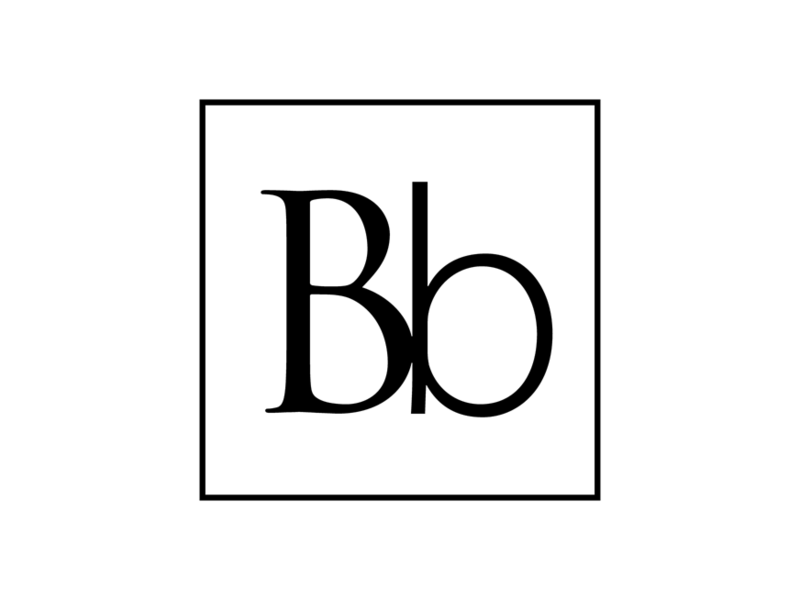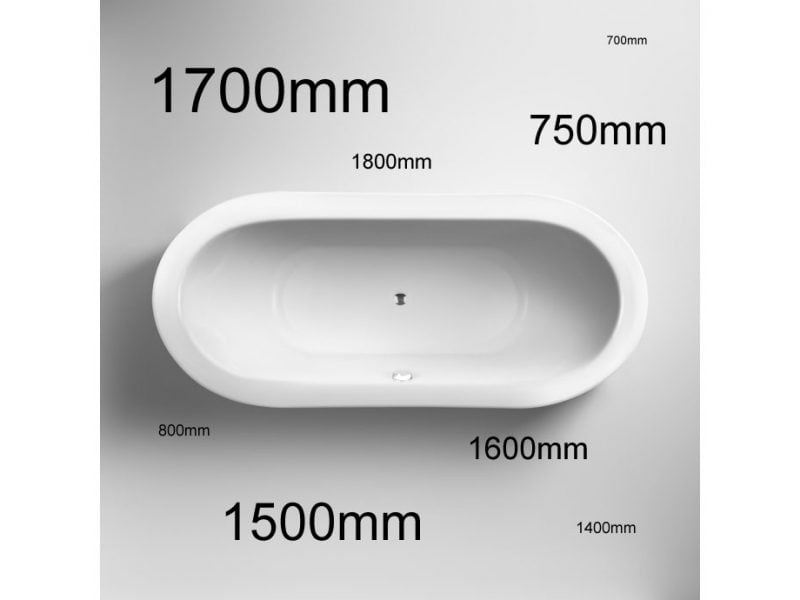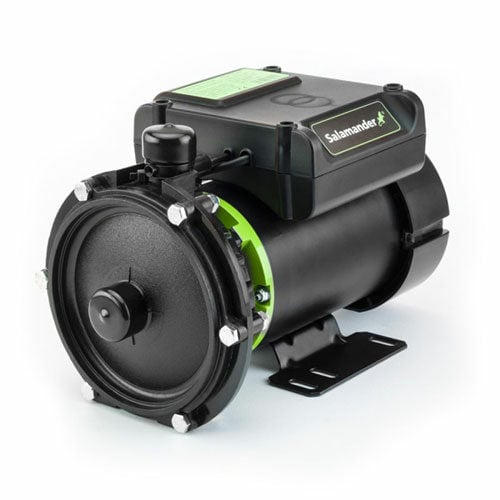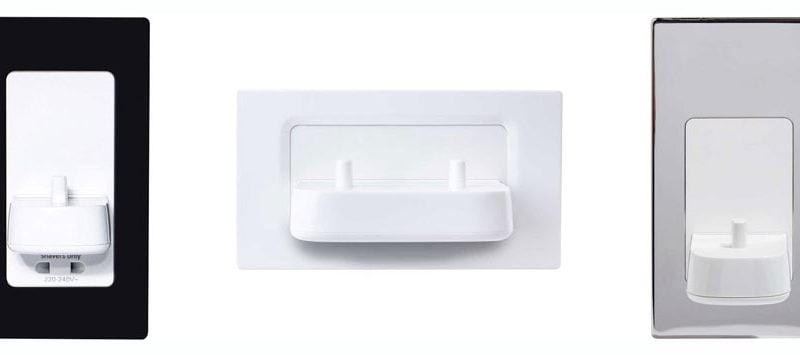How to Install a Shower
Deciding on your dream luxury bathroom shower might seem like one of the most difficult choices with such a vast assortment to choose from but the real headache is often the install! Luckily, we have put together a useful, simplistic how to install a shower guide. This will ensure that you can get your shower up and running as quickly as possible. Thus taking you one step closer to making the bathroom of your dreams a reality.
How to Install a Shower – Step by Step Guide
To Begin
1. The first decision you’ll have to make is where your water supply is going to come from. Fitting a shower head above a bath means you can use the hot and cold water supplied to the taps. Otherwise you’ll need to use your nearest water source, primarily hot and cold water pipes. These are often located beneath the floorboards but can also be hidden in cupboards.
2. Ensure that you have all of the necessary shower components and an instruction manual at the ready. This should help you identify which component is which and outline a step by step process which can be followed in unison with this blog.
3. Isolate the water supply. Begin by turning off the stopcock which is often located beneath the sink and then turn on the hot and cold taps to drain the water inside of the pipes.
Be Thorough
4. Check the instructions that came with your shower to ensure that you feed the hot and cold pipes into the correct side of the valve. Typically, hot is located on the left and cold on the right, though there are exceptions. You’ll want to run a pipe and connect it to your water supply which will typically fit beneath floorboards or behind walls. Ensure that there are no leaks permeating your new pipes.
5. To ensure that there are no clogs in your piping, you’ll need to flush through your new pipe wear. Turn off your water supply and remove the stop ends. You’ll need to ensure that no dirt flows through the pipe as this can be highly damaging and destructive.
Fitting the Valve
6. Cut an outlet pipe to the appropriate length to fit your shower valve and mark up and drill holes for the thermostatic valve. A collapsible olive can then be used to enter into each inlet and can then be secured by tightening a nut in place.
7. You then need to ensure that the shower valve and pipe is aligned and that they connect fully. The valve can be screwed to the wall and tightened using an adjustable spanner. Check for leaks to ensure that this process has been successful. If leaks do occur, you will need to further tighten the nut and check that the piping is of adequate width to cover the valve.
Fitting the Shower Head
8. An adjustable shower hose or solid riser pipe both can be used to transfer water to the shower head. Adjustable hoses are easier to fit. It simply needs to be connected and secured to its bracket. Solid riser pipes often need to be rendered adjustable as they are created to suit a vast assortment of ceiling heights. It may be necessary to cut the pipe down.
9. In this instance, you can measure how far up you want your shower to go whilst also measuring from the bottom of the bracket and the top-mounting nut present on the valve. You can then cut the pipe with a pipe cutter to the advisable length.
10. You’ll want to test whether the pipe is the desired length by trial fitting it in place between the valve and bracket. At the top of the bracket, you can mark holes to secure the shower and drill these in place.
Finally
11. Now you can secure the riser into place and tighten the nuts at both top and bottom to cement it in place. Turn on the water supply to ensure that there are no leaks. You’ll also want to ensure that the temperature is suitable. Now you are ready for a lifetime of refreshing, revitalising showers.
We hope you found our how to install a shower guide a useful read!






